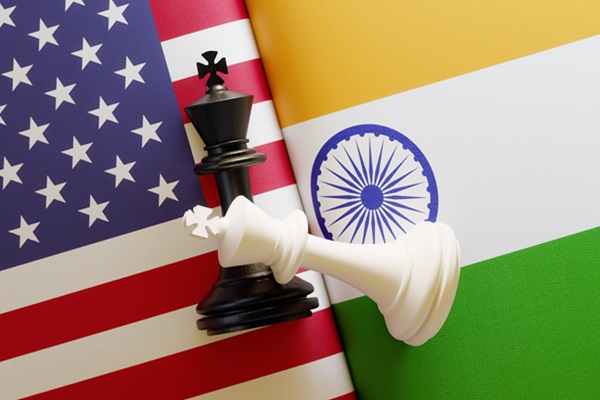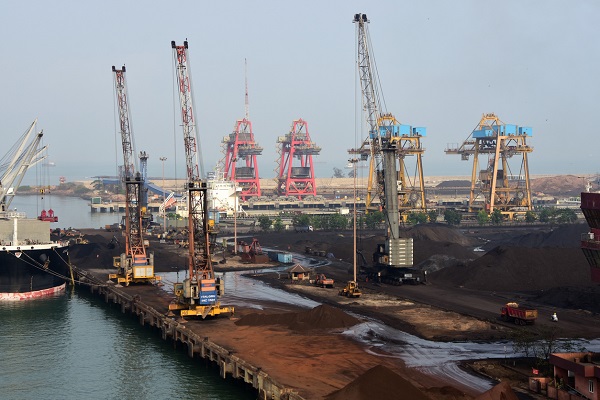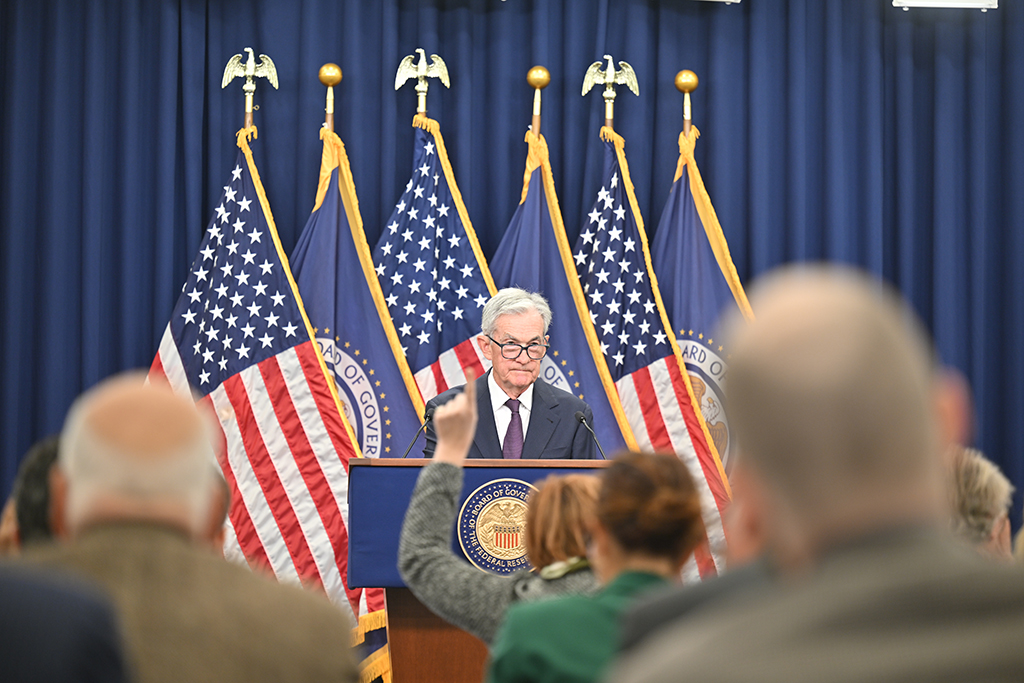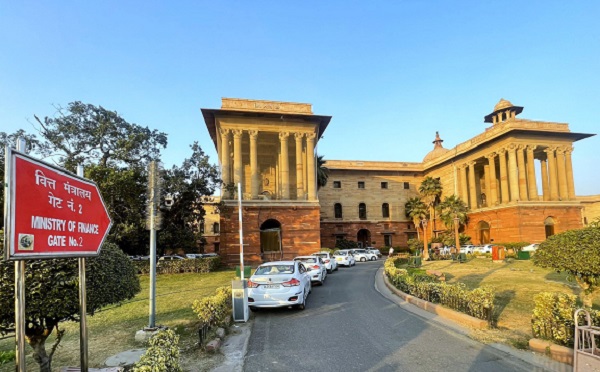.png)

Ajay Srivastava, founder of Global Trade Research Initiative, is an ex-Indian Trade Service officer with expertise in WTO and FTA negotiations.
June 2, 2025 at 2:20 PM IST
New Delhi now finds itself at a trade policy crossroads. On May 23, the United States formally rejected India’s move to suspend concessions at the World Trade Organization in response to US tariffs on steel and aluminum. With Washington insisting its Section 232 tariffs are “national security measures,” not WTO-sanctioned safeguards, India must decide what to do next. And each path comes with its own risks, trade-offs, and broader implications for US-India relations.
One possible path is for India to escalate the dispute at the WTO—not under the Safeguards Agreement, which the US claims doesn’t apply here—but under broader General Agreement on Tariffs and Trade rules. India could argue that Washington is abusing the national security exception under Article XXI, using it as cover for what are in effect protectionist tariffs. There is some legal precedent: in recent years, WTO panels have ruled that Article XXI cannot be used arbitrarily and that its invocation is subject to some scrutiny.
However, this legal route is not without risk. The US has previously refused to comply with WTO rulings on its Section 232 tariffs and has routinely appealed adverse decisions into the WTO’s Appellate Body—which remains non-functional. Any WTO ruling in India’s favour could well end up unenforceable.
Another option would be for India to impose retaliatory tariffs unilaterally, as a political signal. Other major US trading partners—including the European Union, Canada, and China—have already done this in response to the Section 232 tariffs. While such a move would make India’s position clear, it could also trigger US countermeasures and open the door to further escalation and legal disputes.
But there is also a quieter, more pragmatic path available. India could choose not to retaliate immediately and instead leverage ongoing bilateral Free Trade Agreement talks with the US as a forum to seek resolution. This would be the recommended course.
India should use the FTA negotiations to press for elimination or reduction of the Section 232 tariffs as part of a broader deal. By taking this route, India would avoid a direct trade fight and could potentially secure market access gains and tariff relief through negotiation—rather than through the uncertain and prolonged channels of legal action or retaliation.
In short, New Delhi has options on the table: fight the US at the WTO, impose retaliatory tariffs, or settle the issue diplomatically through the FTA track. The stakes are high—not just for steel and aluminum trade, but for the tone and trajectory of India-US economic ties at a delicate moment in global trade politics. The path India chooses in the coming months will be closely watched in Washington, Geneva, and beyond.




